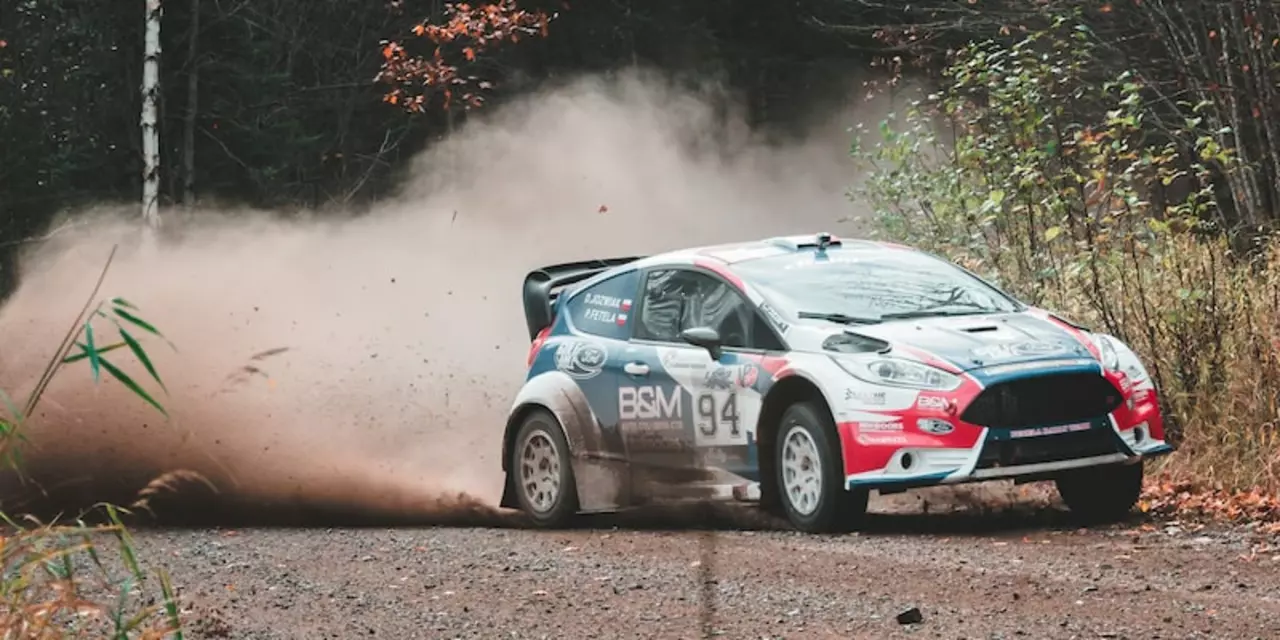Rally Cars – Built for Off‑Road Thrills
If you’ve ever watched a rally stage and wondered why those cars jump over mud, rocks and snow like it’s nothing, you’re in the right spot. Rally cars are purpose‑made machines that blend speed, durability and control on surfaces most street cars dread. Below you’ll find the basics that set them apart, plus some handy tips if you’re thinking about getting behind the wheel.
Key Features of Rally Cars
First up, the chassis. Rally builds use a lightweight yet super‑rigid frame, often based on a production hatchback because the short wheelbase and low center of gravity help you stay planted on loose terrain. That’s why you’ll see many dirt rally cars looking like a souped‑up VW Golf or Subaru Impreza.
Next, the drivetrain. While four‑wheel drive dominates the top tiers, front‑wheel‑drive (FWD) cars can still hold their own on tight tarmac stages. FWD gives predictable handling and puts the engine’s weight over the driven wheels, boosting traction on slick sections. It’s not the go‑to for deep mud, but on mixed surfaces it can surprise you.
Handbrake use is another rally hallmark. A good driver will tap the handbrake to lock the rear wheels, allowing the car to rotate sharply around tight corners. Mastering that technique lets you shave seconds off a stage without compromising speed.
The suspension is purpose‑tuned for travel and damping. Long‑stroke shock absorbers absorb bumps that would otherwise launch a regular car into the air. Adjustable dampers let teams dial in settings for gravel, snow or asphalt, ensuring the wheels stay in contact with the ground.
Don’t forget the co‑pilot. In rallying, the navigator reads pace notes—detailed descriptions of every turn, jump or hazard—out loud while the driver focuses on the road. A clean, concise note can be the difference between a clean run and a crash, especially when visibility is low.
Choosing the Right Rally Car for You
If you’re new to rally, start with a modestly powered hatchback that’s already street‑legal. It saves you the hassle of extensive modifications and still gives you the core rally experience. Look for a car with a sturdy aftermarket support community; that way you can find kits for roll cages, upgraded brakes and rally‑grade tires.
Consider the terrain you’ll tackle most often. Gravel stages benefit from a 4WD setup with a center diff, while tarmac‑focused clubs may let you stick with FWD to keep costs down. Remember, the drivetrain isn’t the only factor—tire choice, weight distribution and gearing all play critical roles.
Safety upgrades are non‑negotiable. A full roll cage, racing seats with harnesses, fire‑extinguishing systems and a proper rally‑spec fuel cell protect you when things go sideways. Many clubs require these items before you can sign up for an event.
Finally, practice the handbrake turn on a safe, empty lot. Pull the handbrake, steer sharply, and let the rear slide around the corner. It feels odd at first, but with a few reps you’ll get the timing right and it becomes second nature on a stage.
Rally cars aren’t just fast machines; they’re versatile tools built to conquer any surface you throw at them. By understanding the chassis, drivetrain options, handbrake technique and the co‑pilot’s role, you’ll be ready to pick a car that matches your skill level and the terrain you love. Now grab a set of pace notes, strap in, and feel the rush of off‑road racing.

How fast do rally cars go in MPH?
Rally cars are designed to go fast on challenging terrain, and they can reach impressive speeds. On average, rally cars can go up to 130 mph, but they have been known to go up to 180 mph in some cases. Modern rally cars also feature advanced safety features to ensure driver safety.